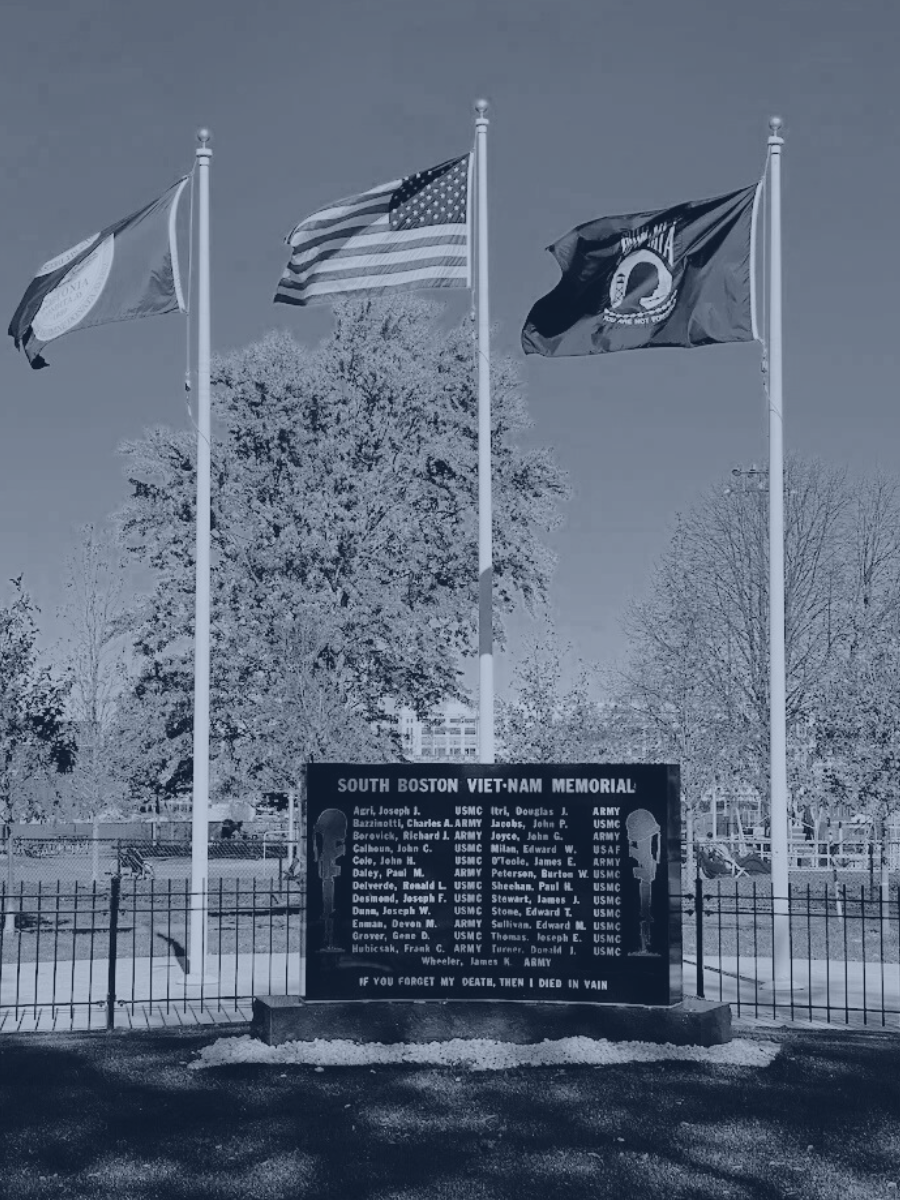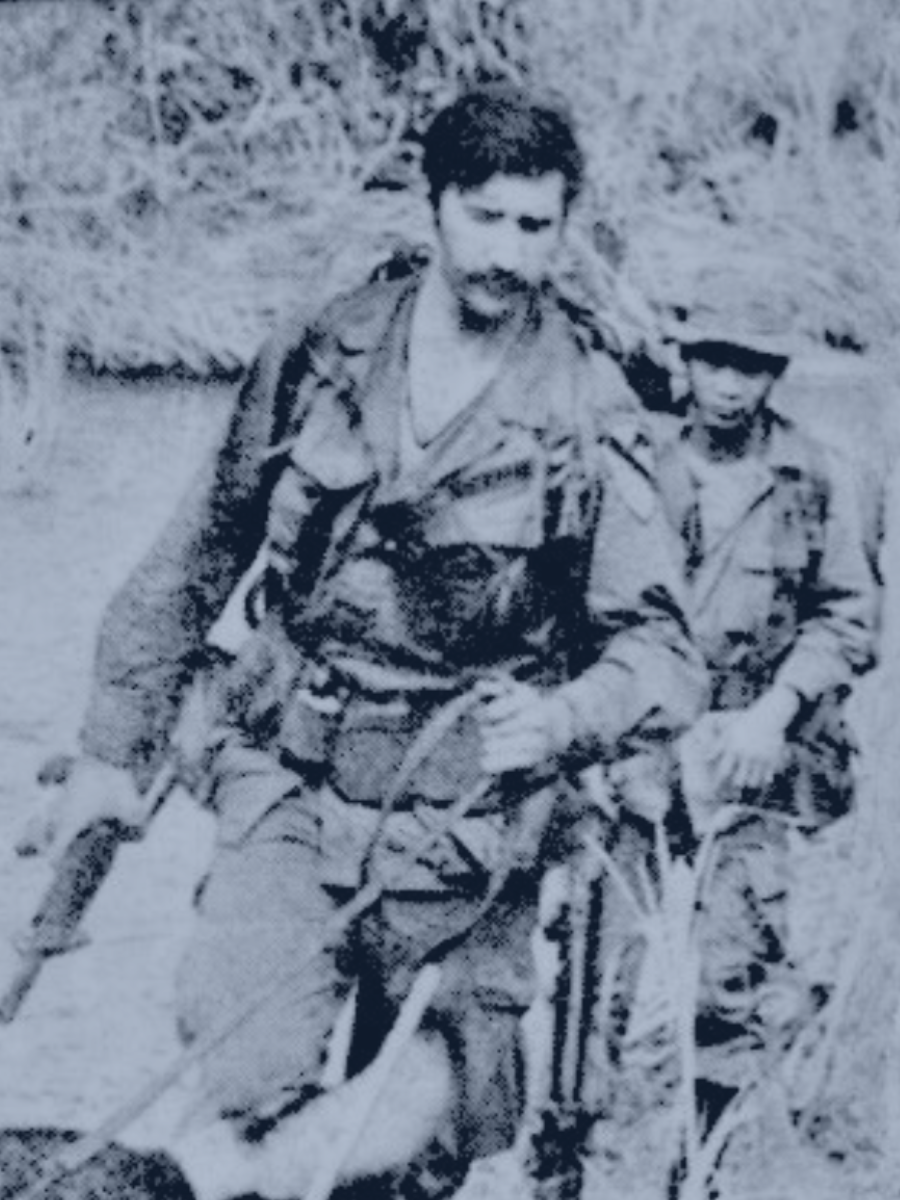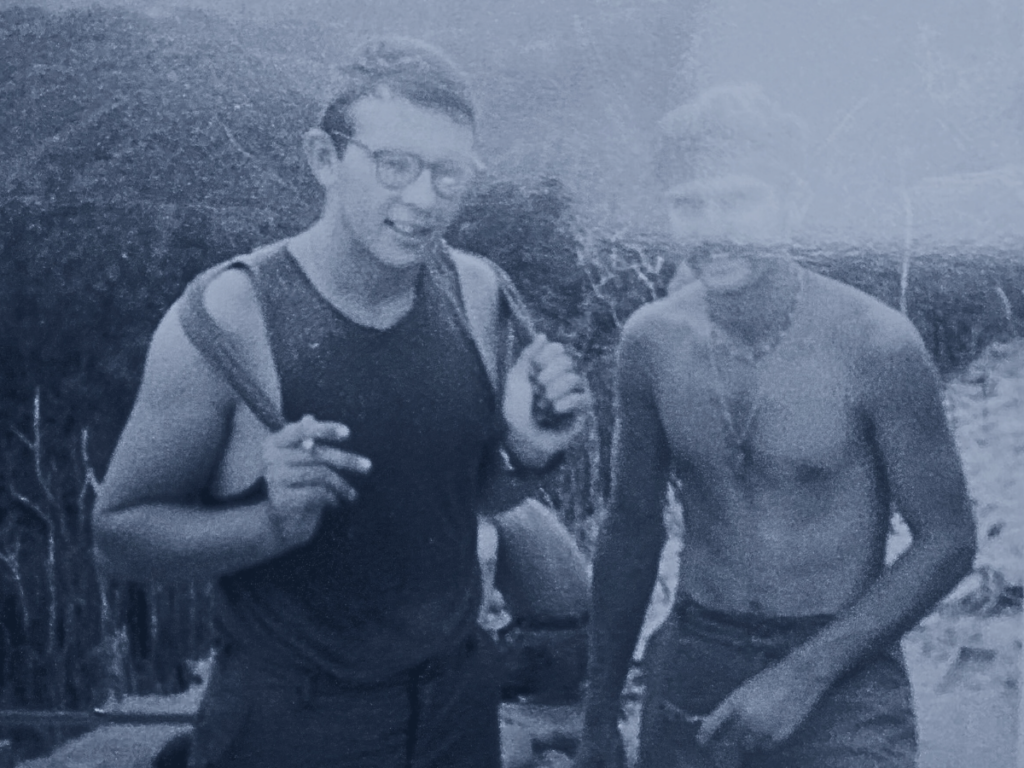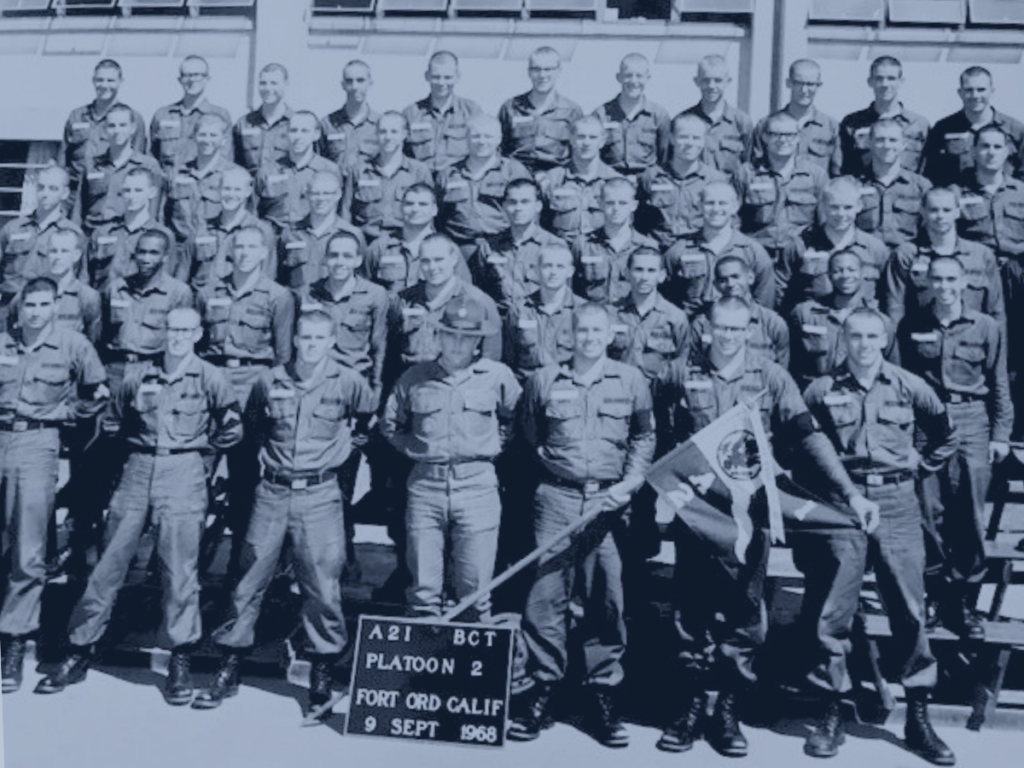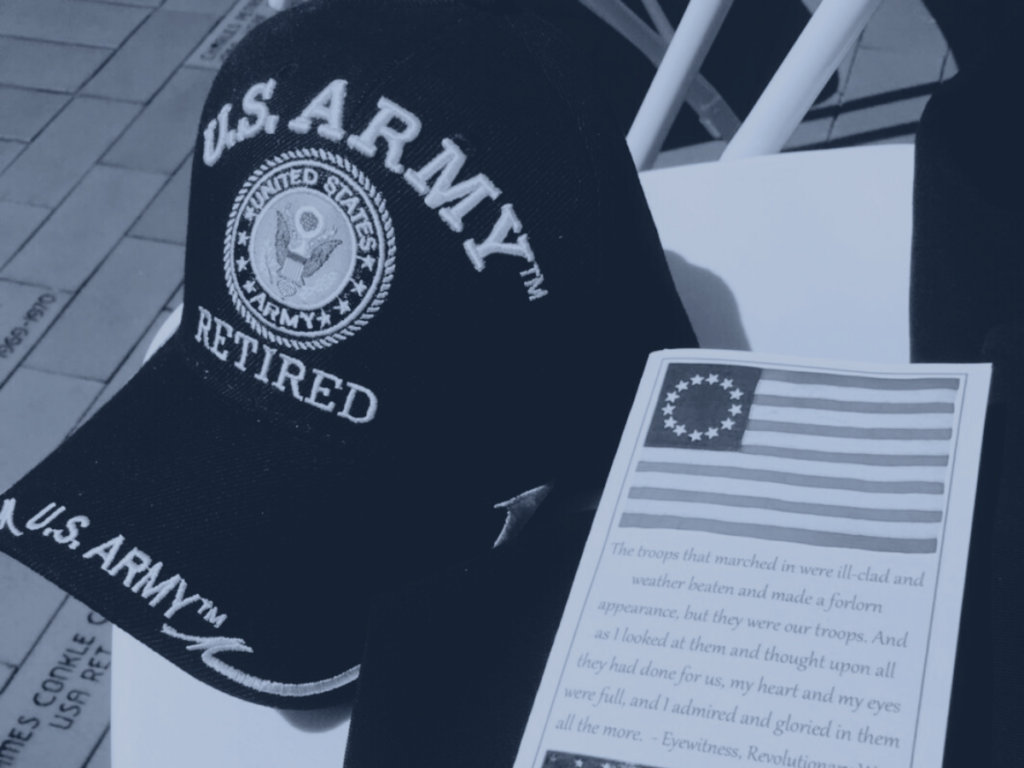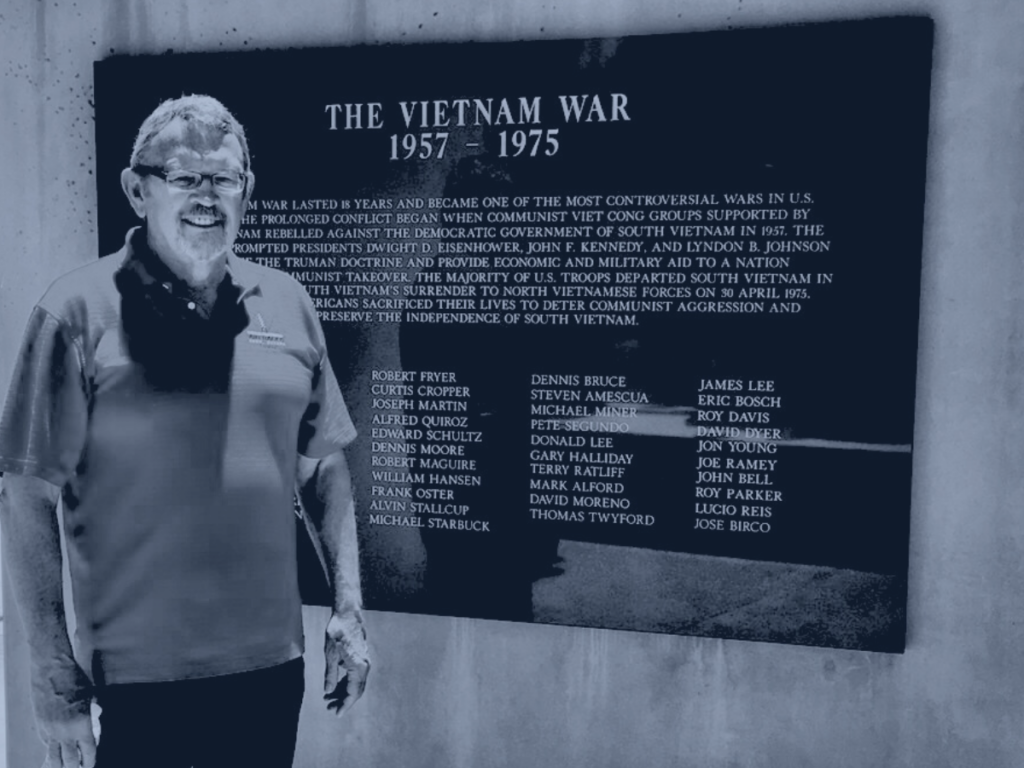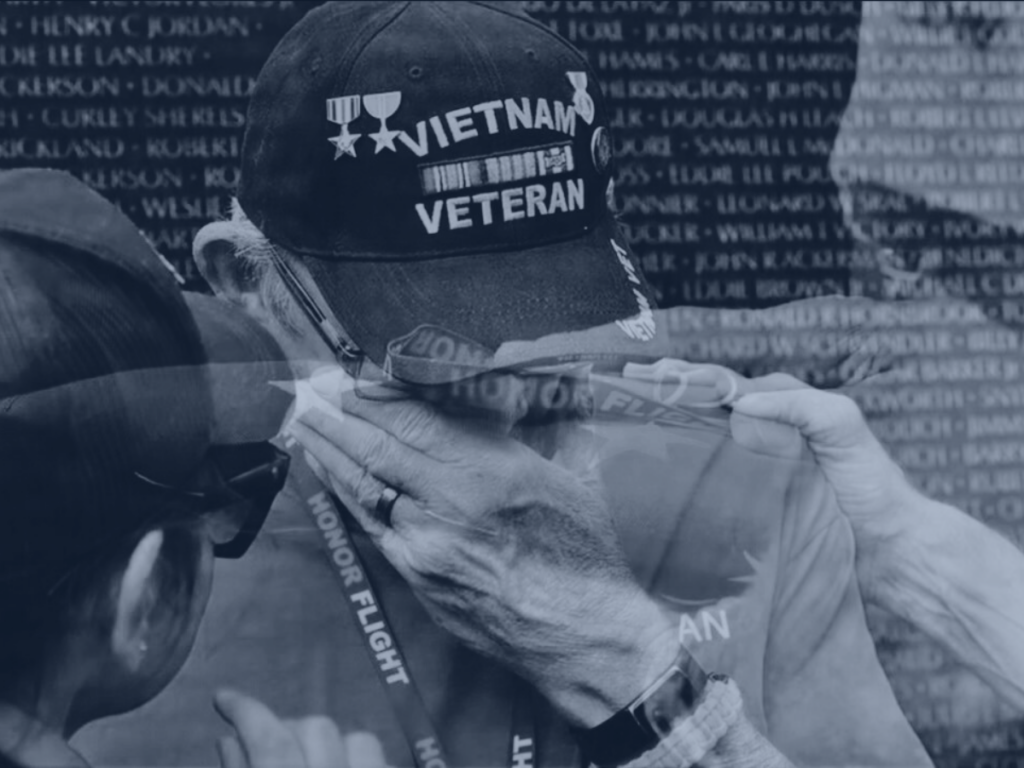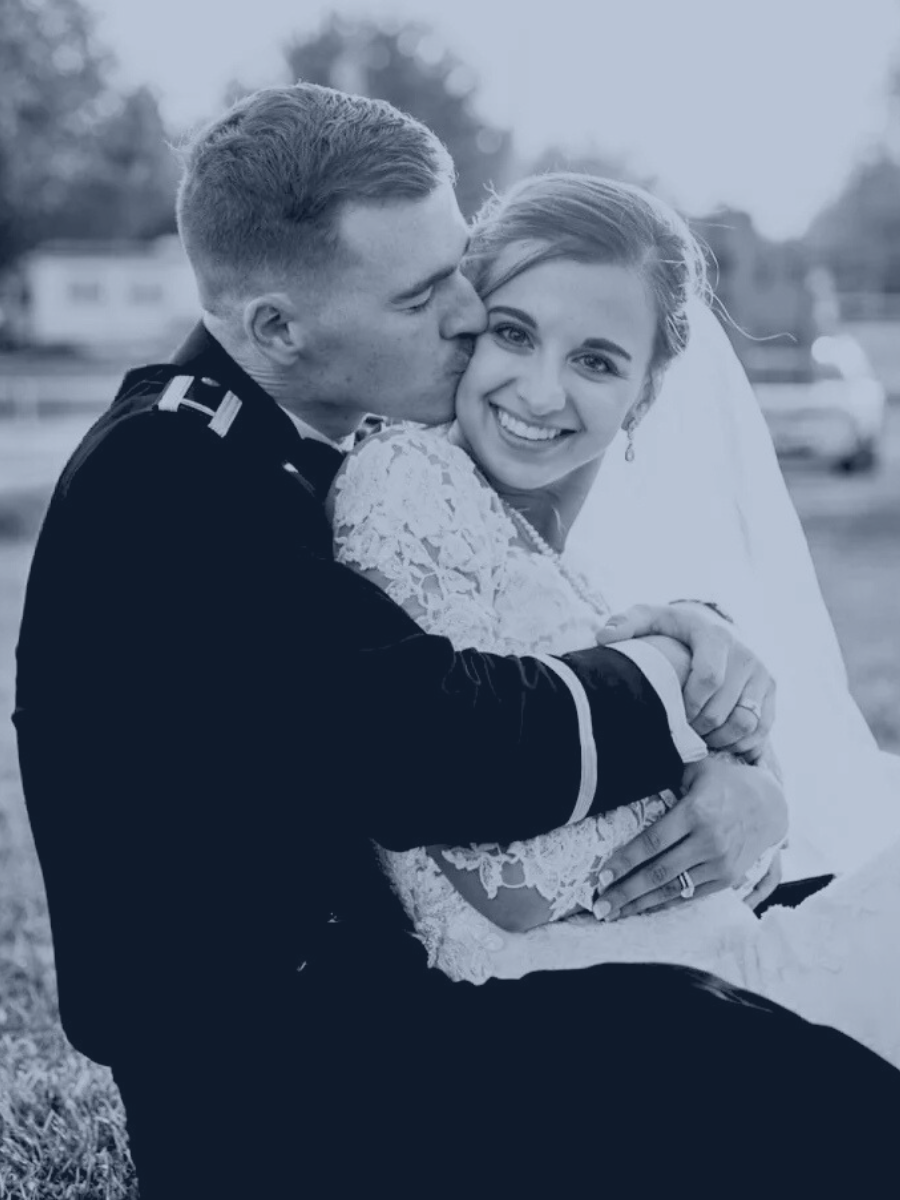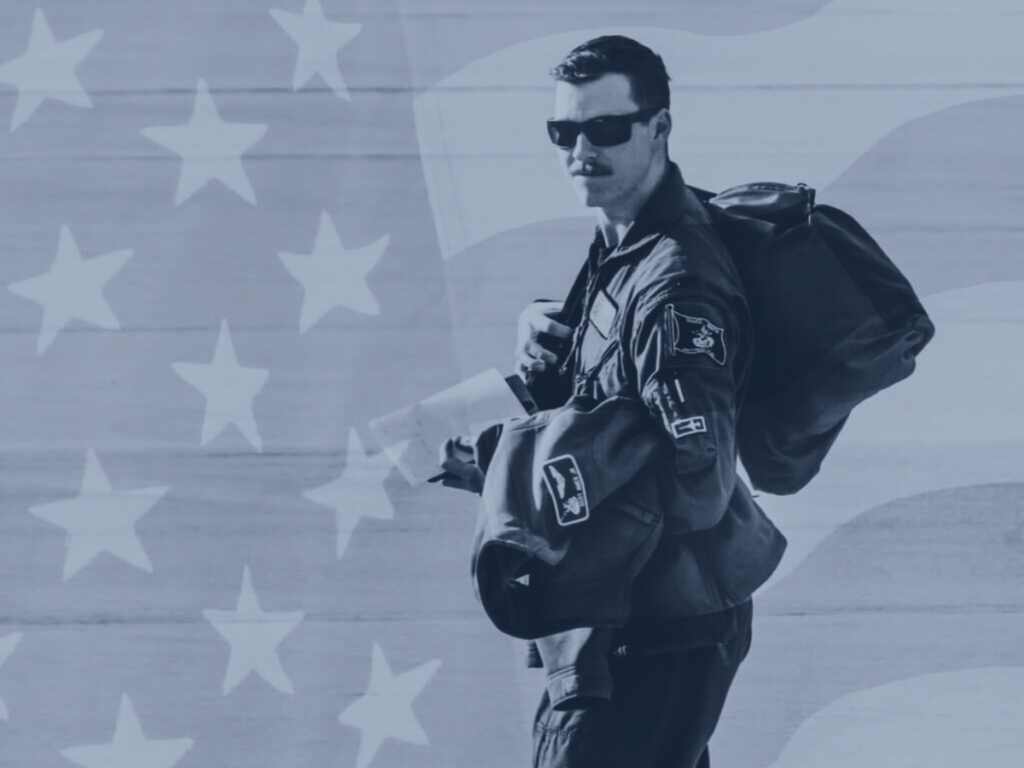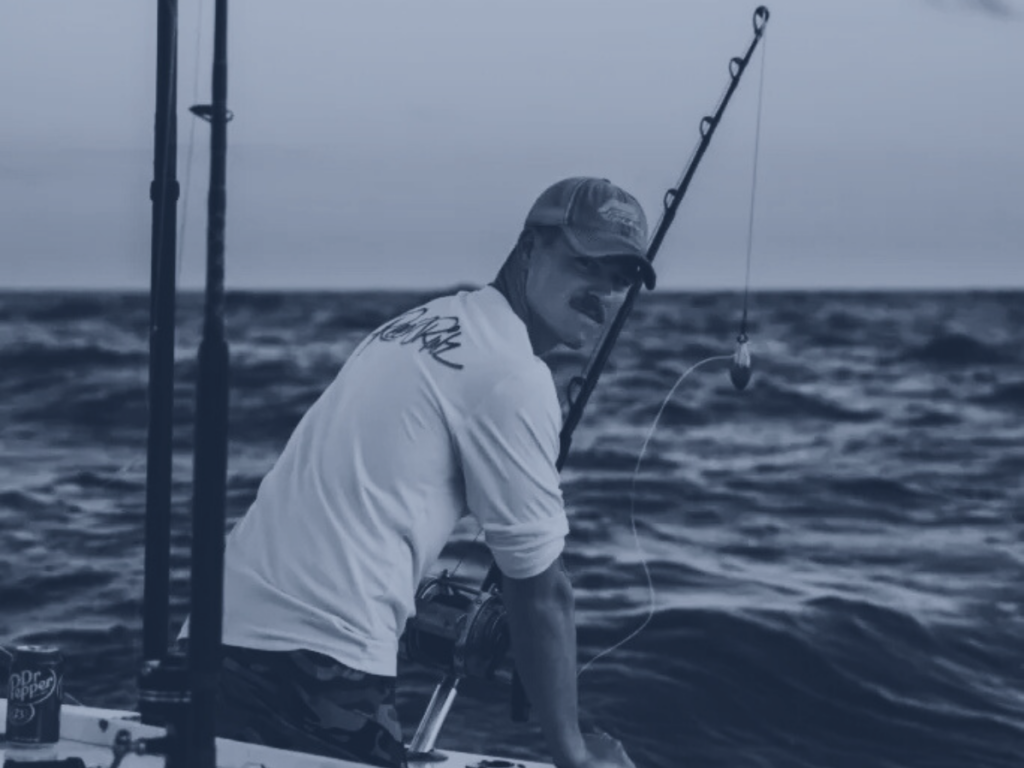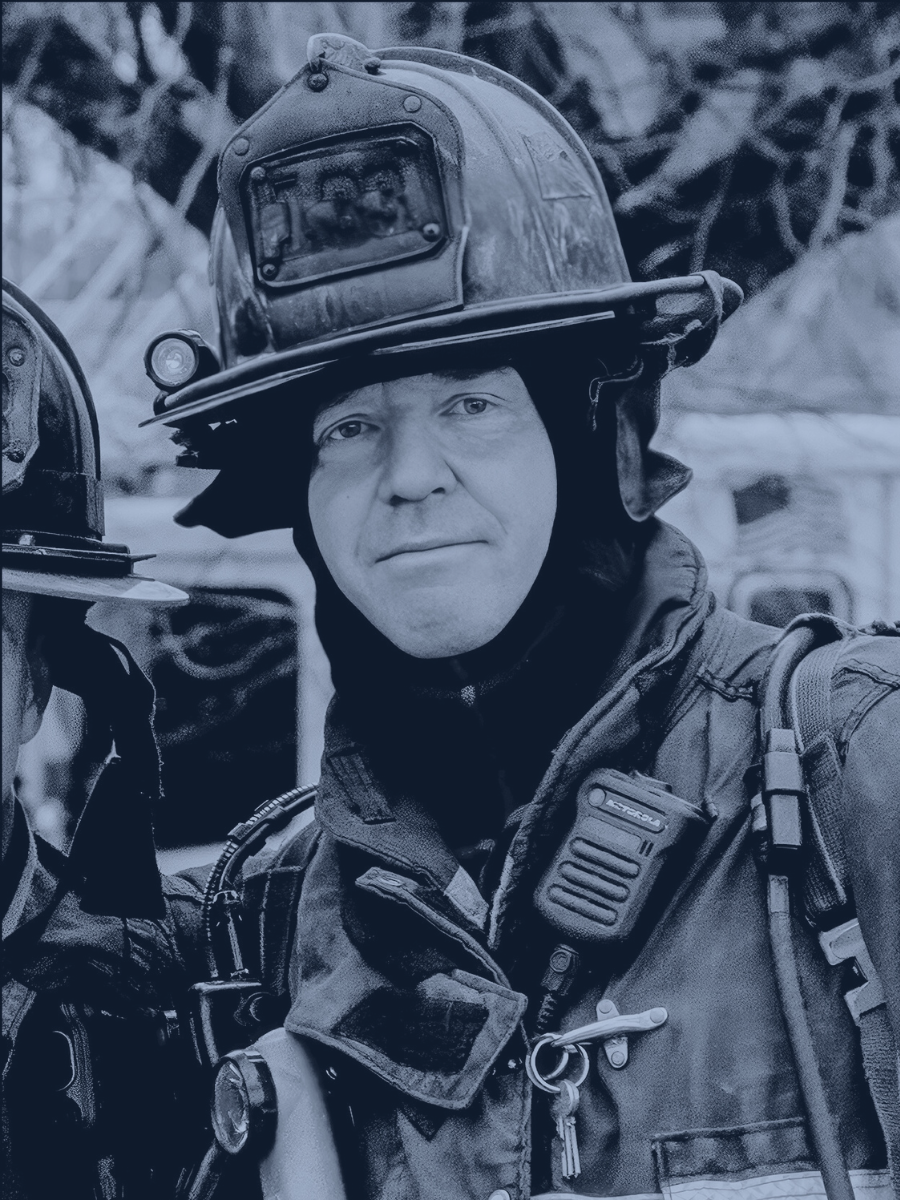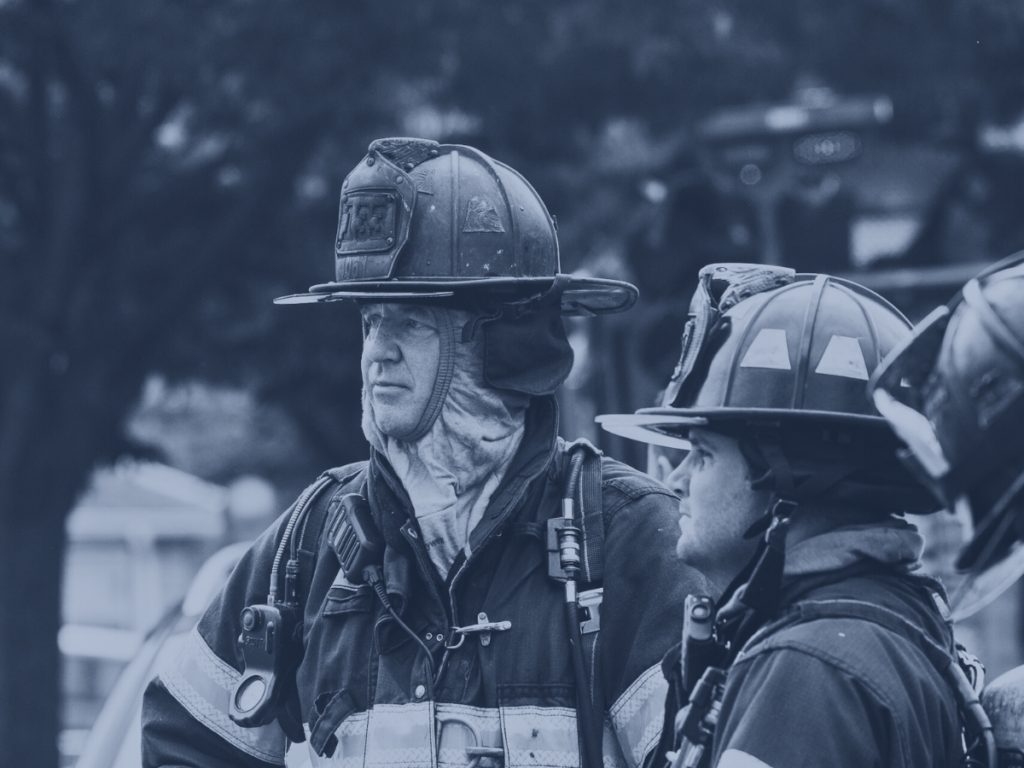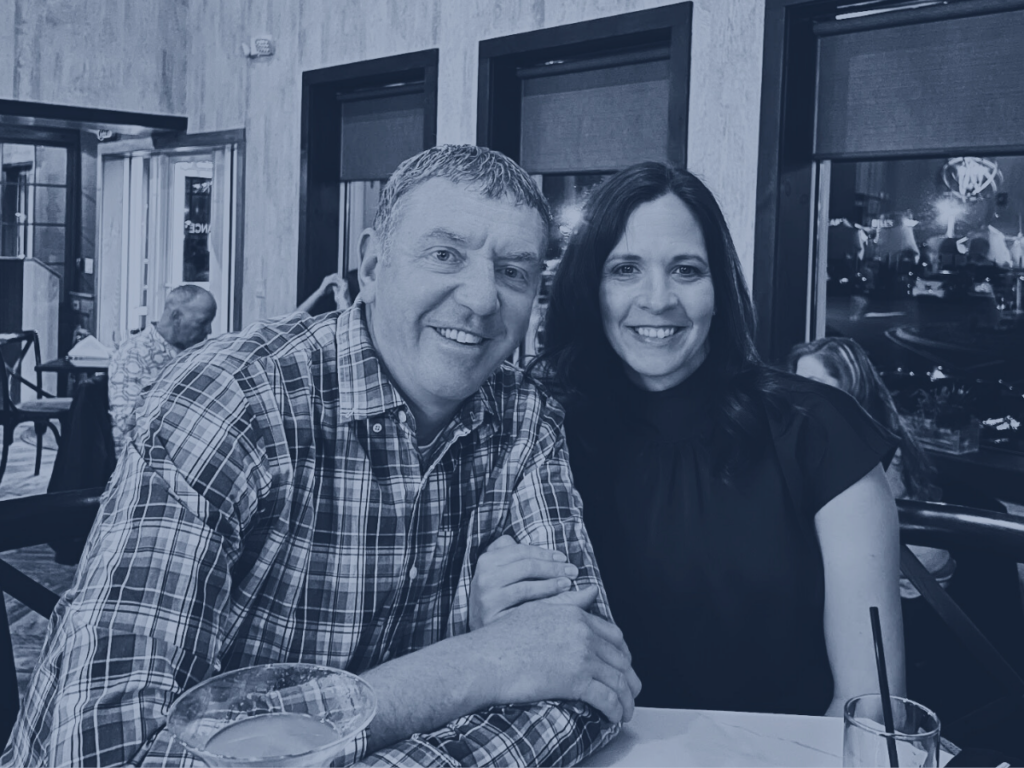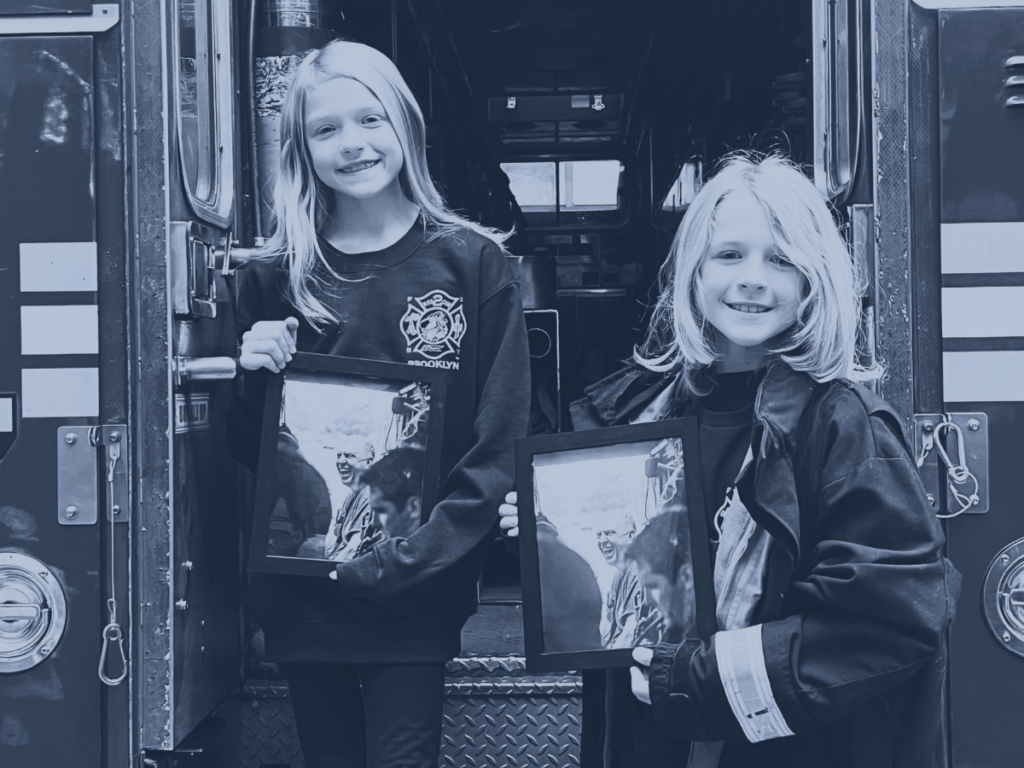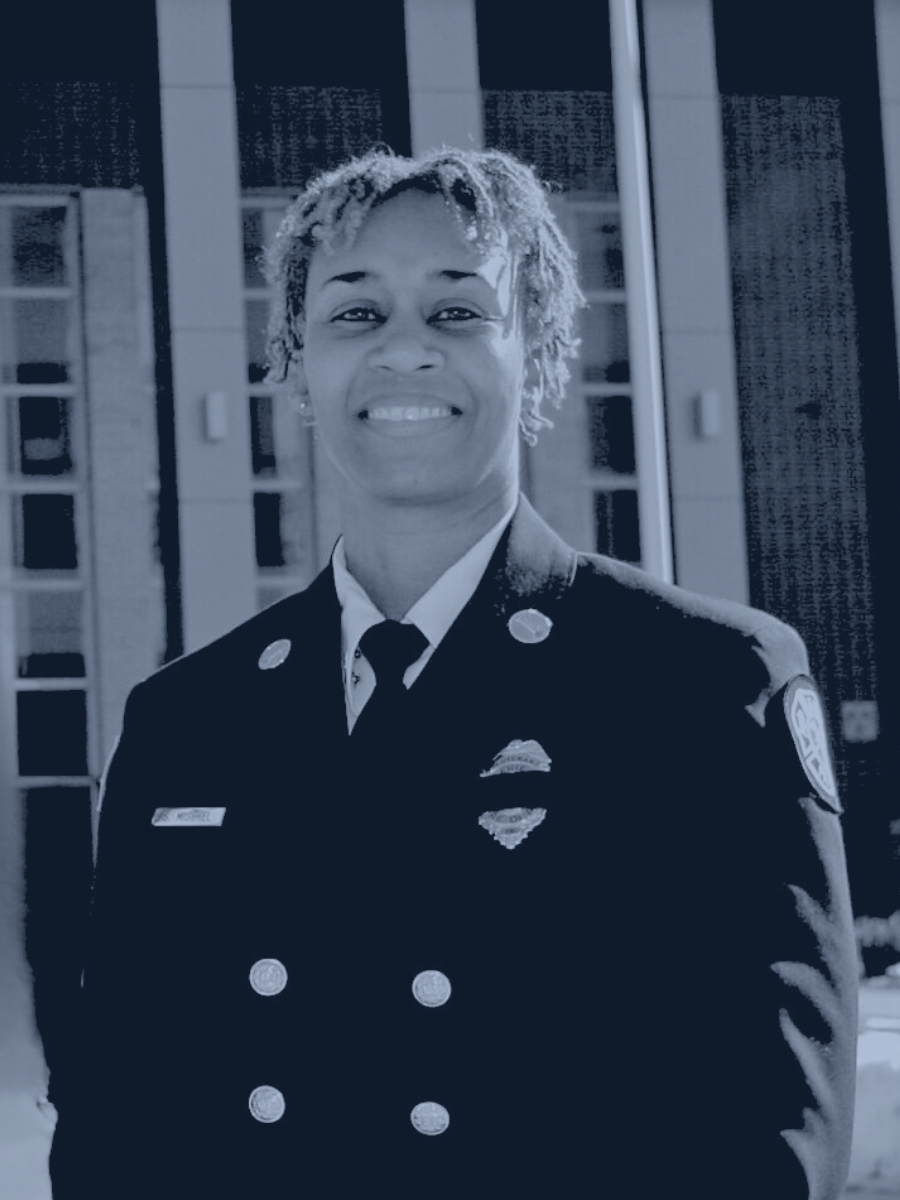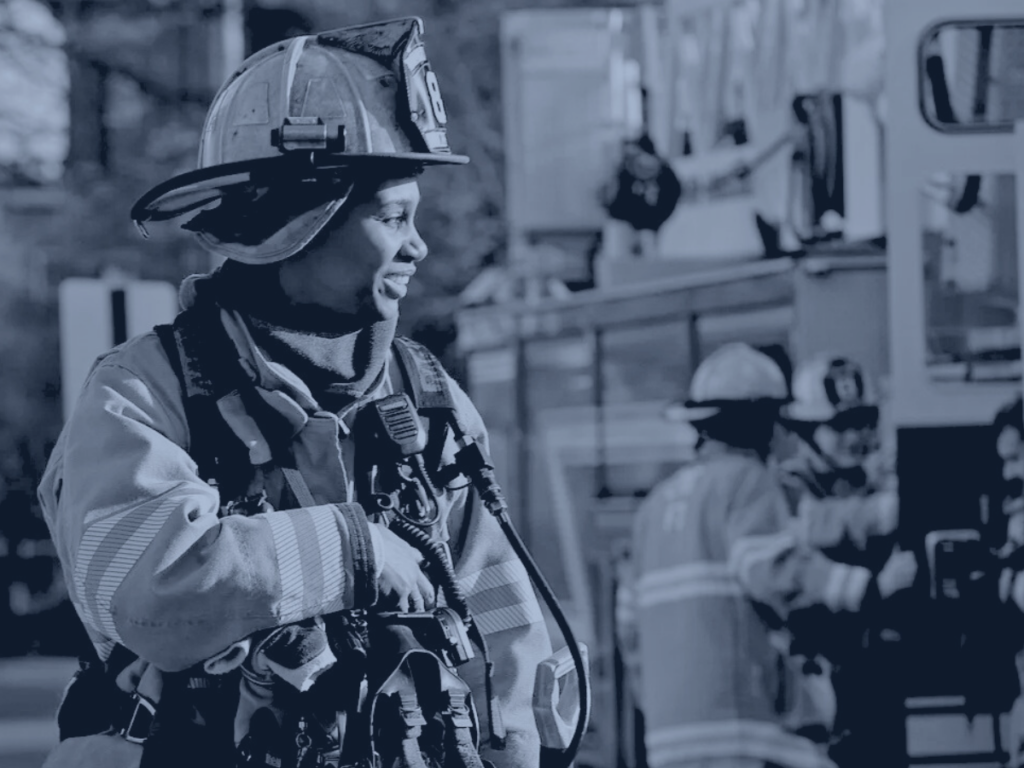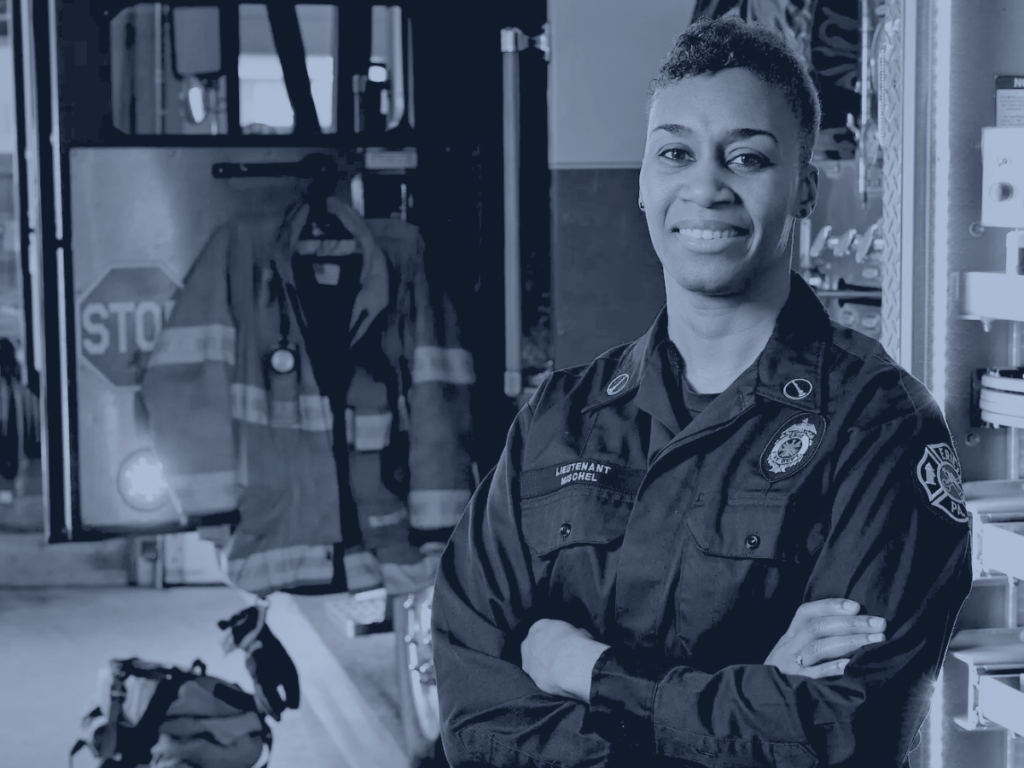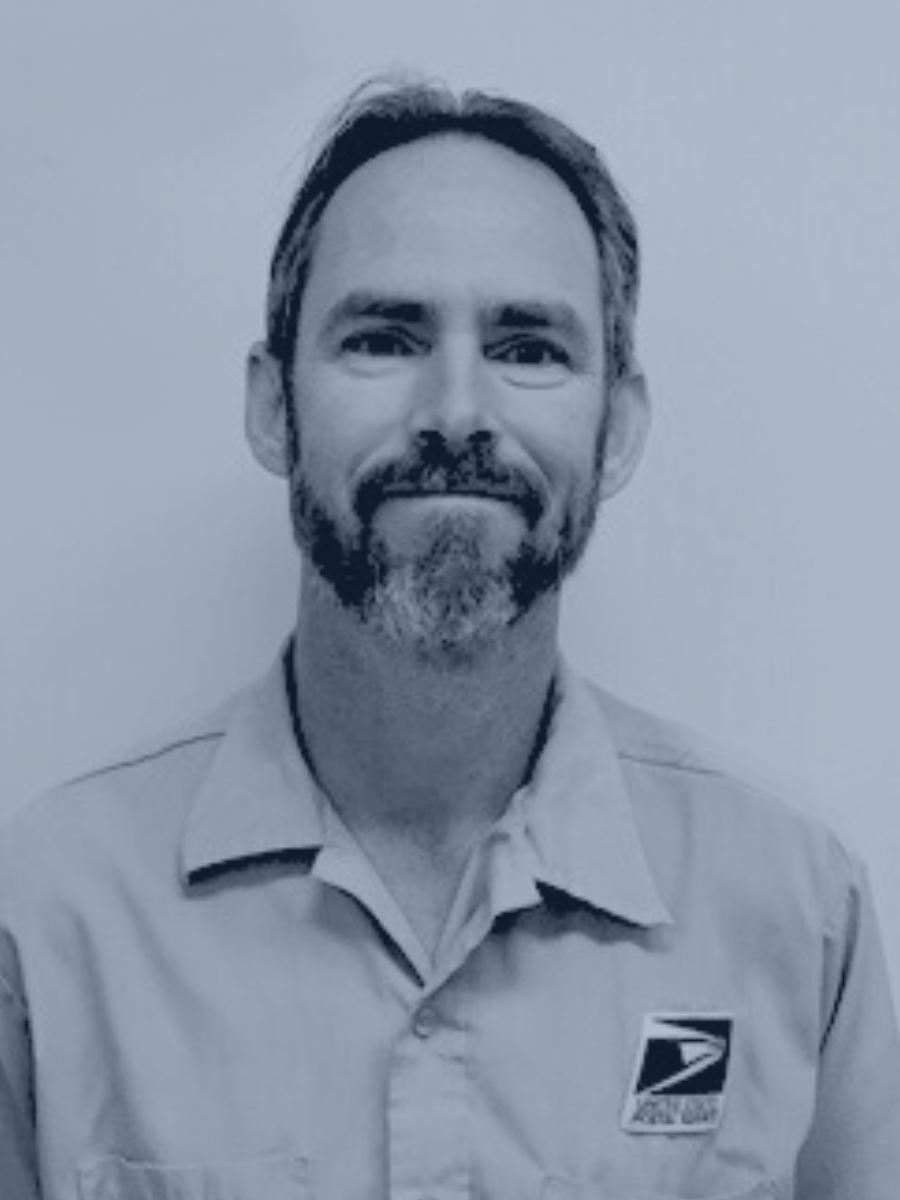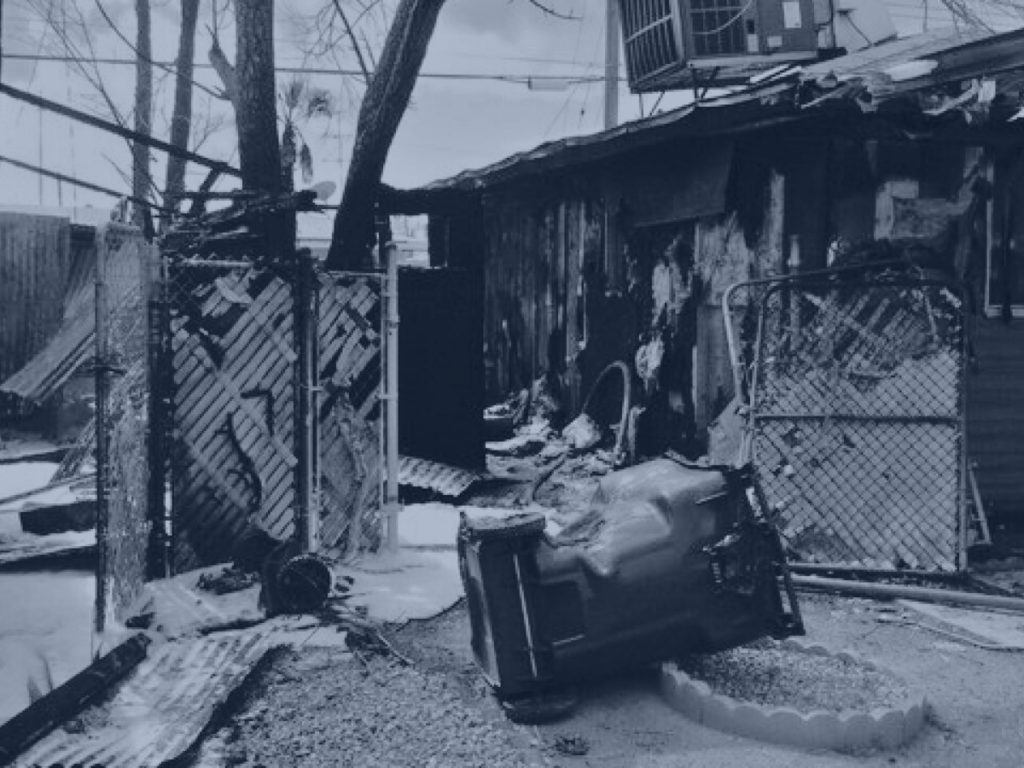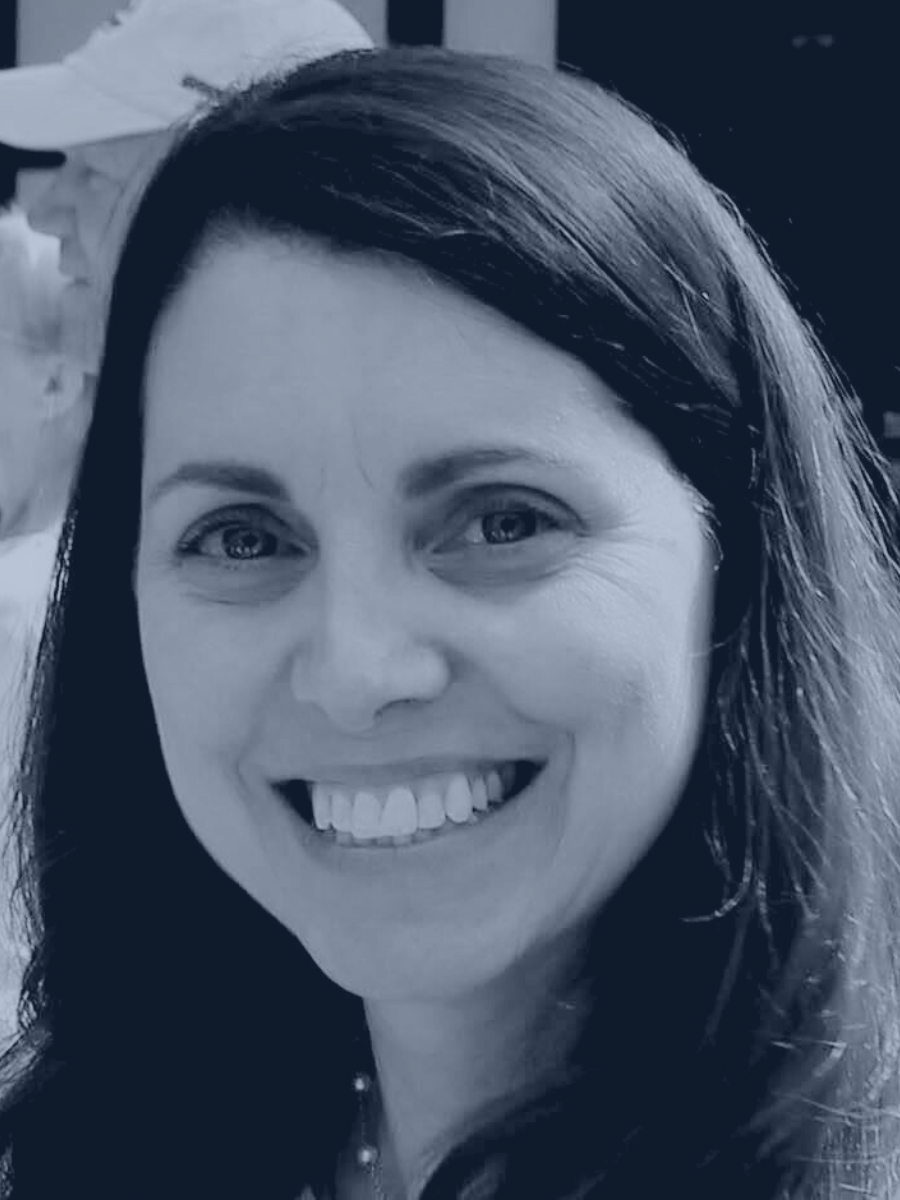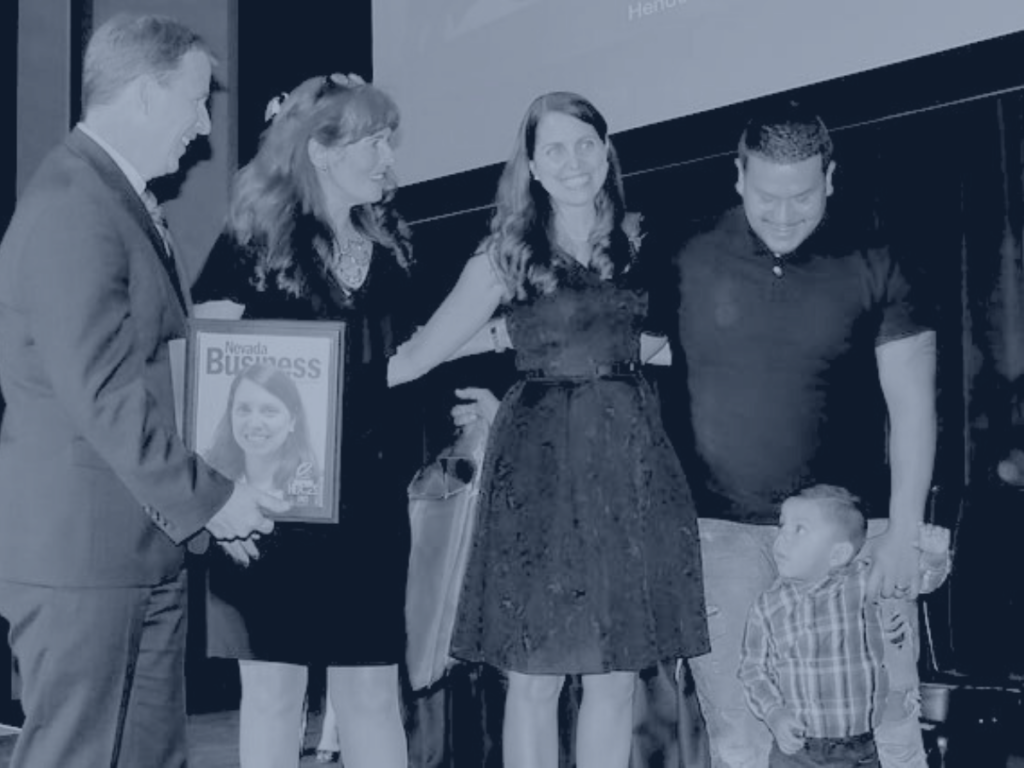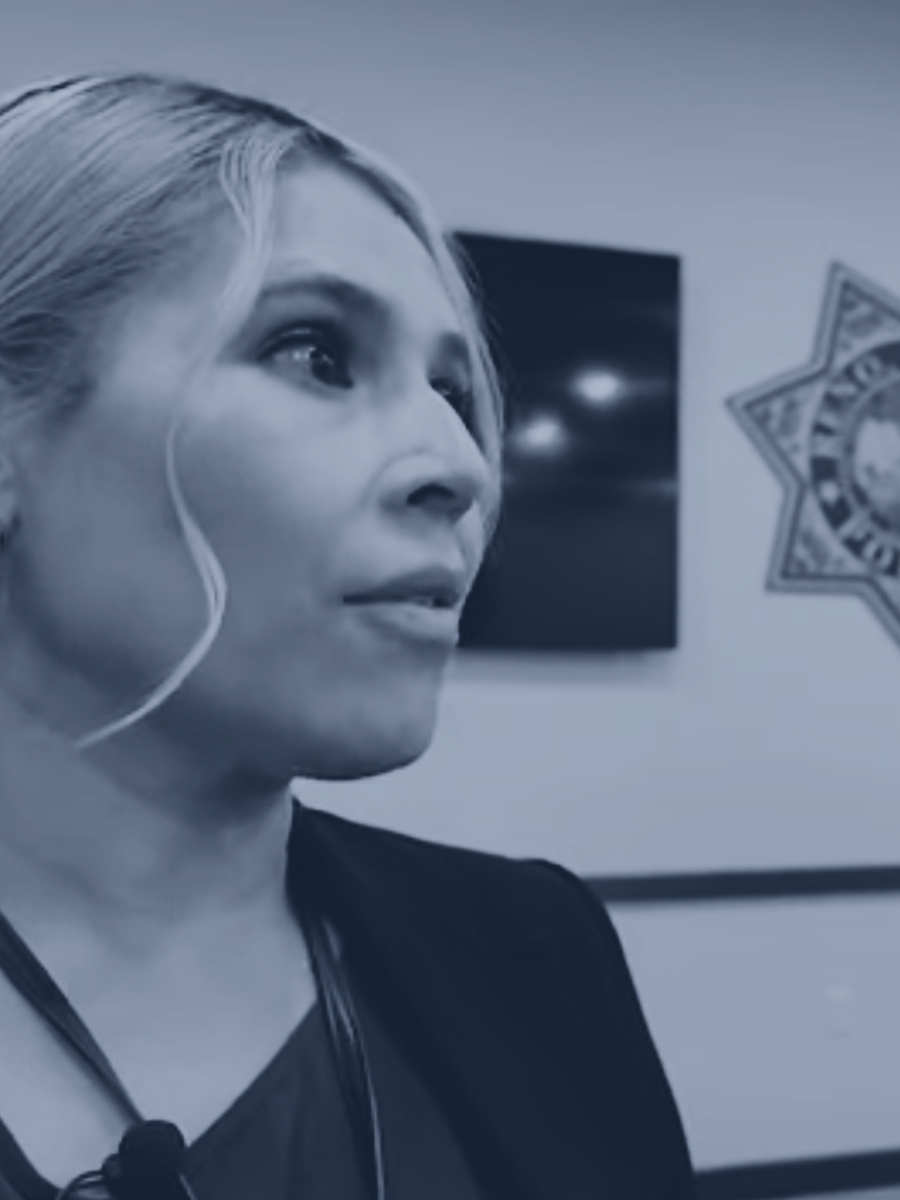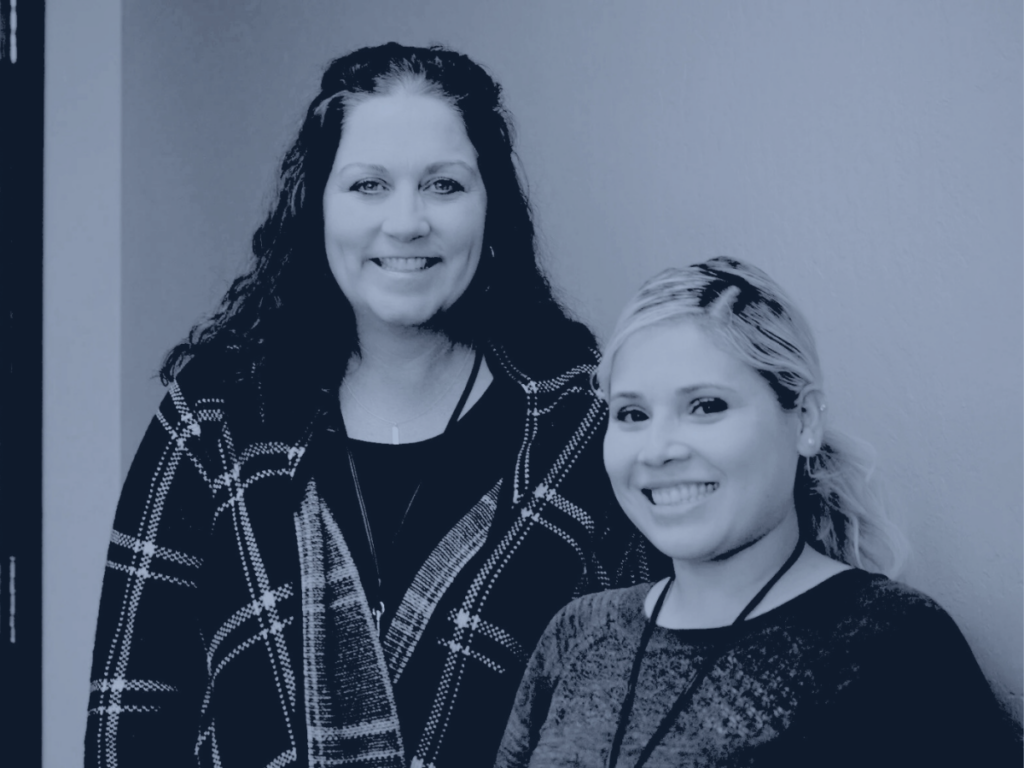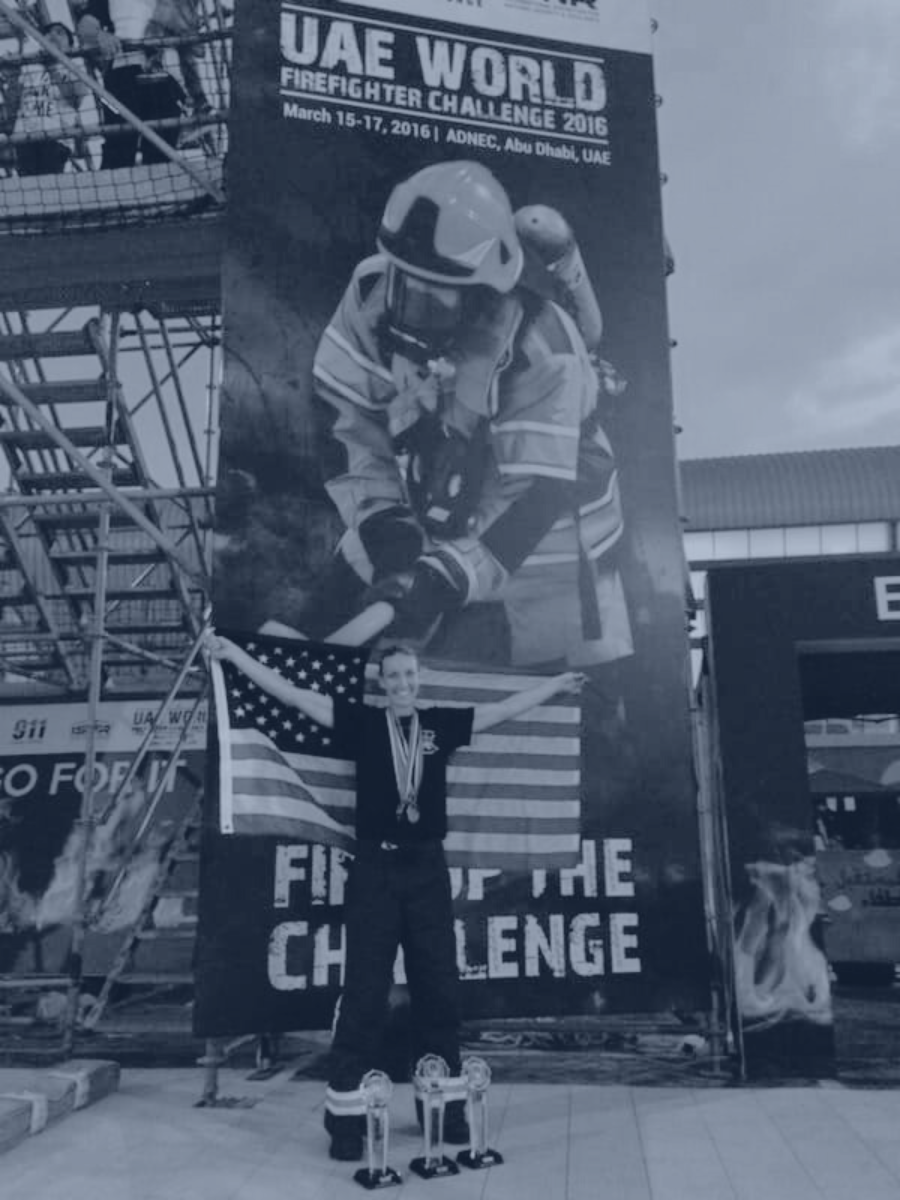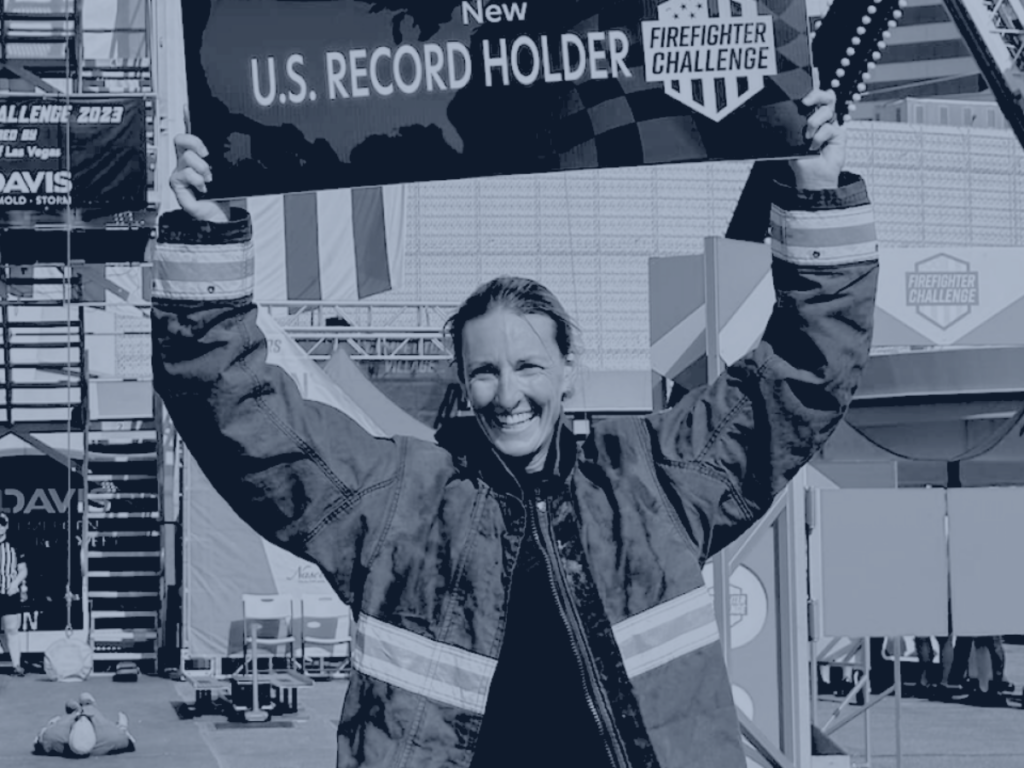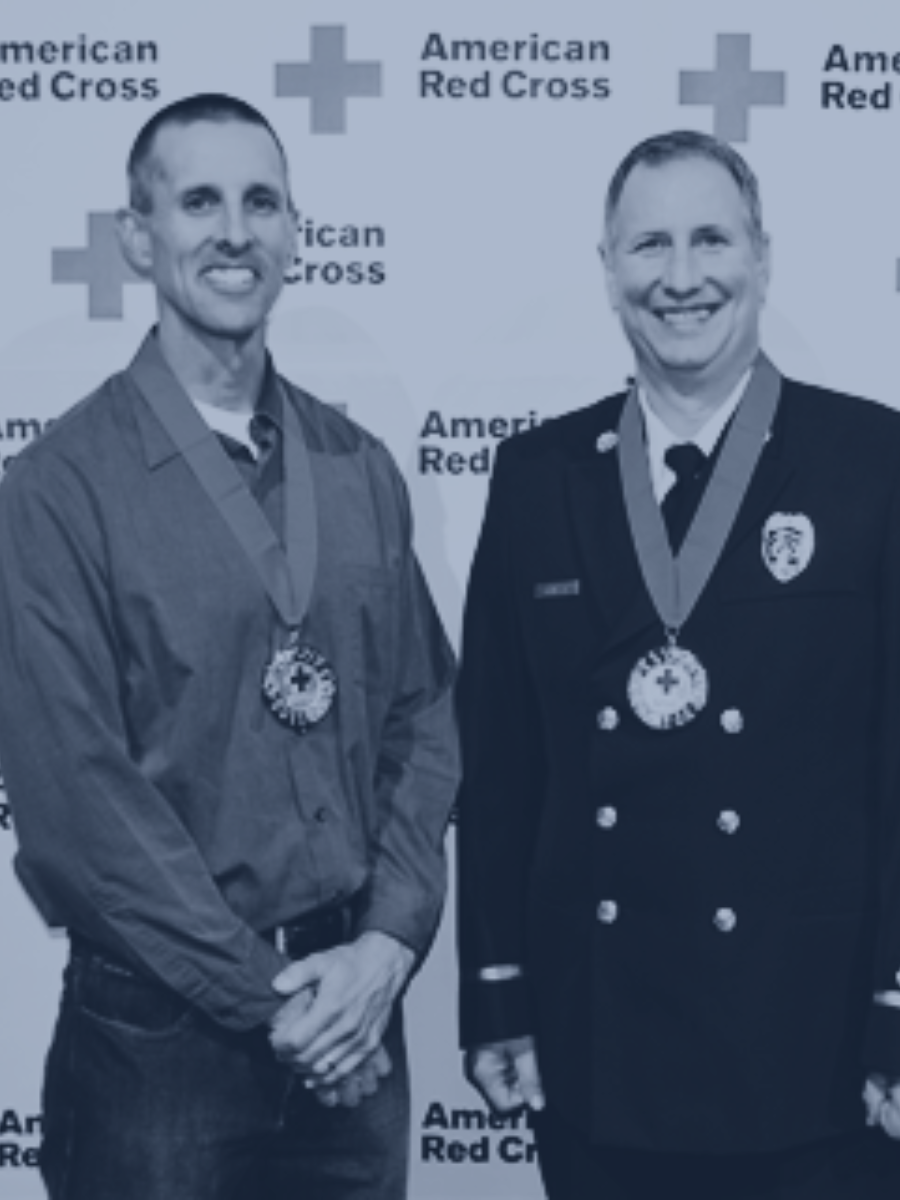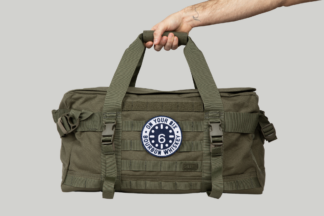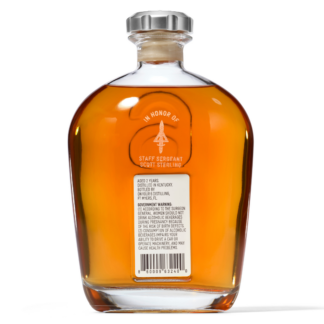The South Boston Vietnam Veterans Memorial, located in M Street Park, honors 25 men from South Boston who lost their lives during the war.
Inspiration for the monument emerged when a group of friends, Tom Lyons, Paul Evans, Paul Lumbard, John Cole, Joe Desmond, and Donald Turner gathered to remember three of their own who had been killed in Vietnam. It was the tenth anniversary of their deaths.
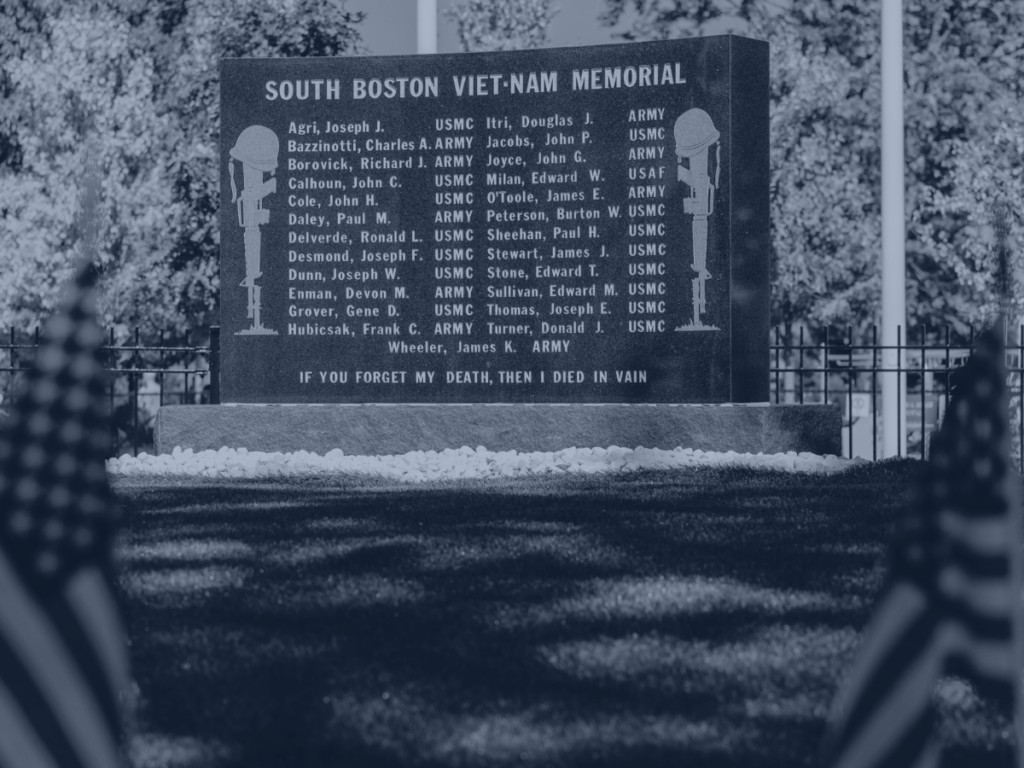
By the end of that evening, they had counted 25 fallen friends. South Boston suffered one of the highest losses of men killed in action in the country for a community of its size. Moved by the weight of that loss, the friends resolved to build a memorial in their honor.
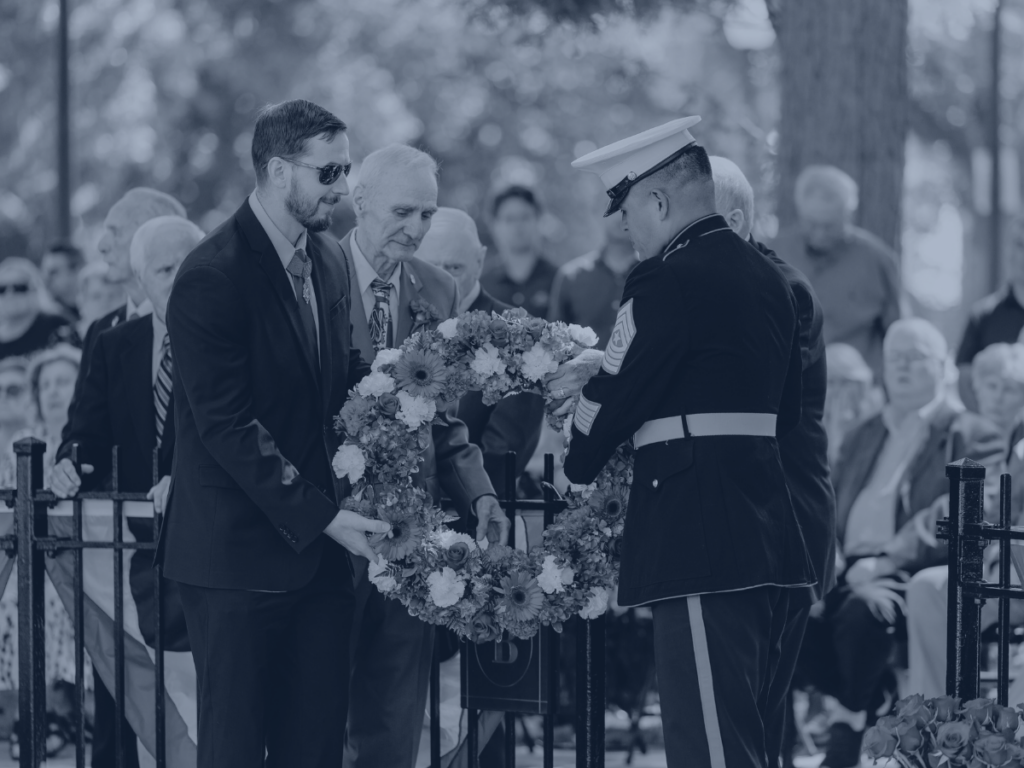
The monument was funded through community donations, supplemented by a $30,000 contribution from the City of Boston. Designed by Harry Carroll, it was dedicated on September 13, 1981.
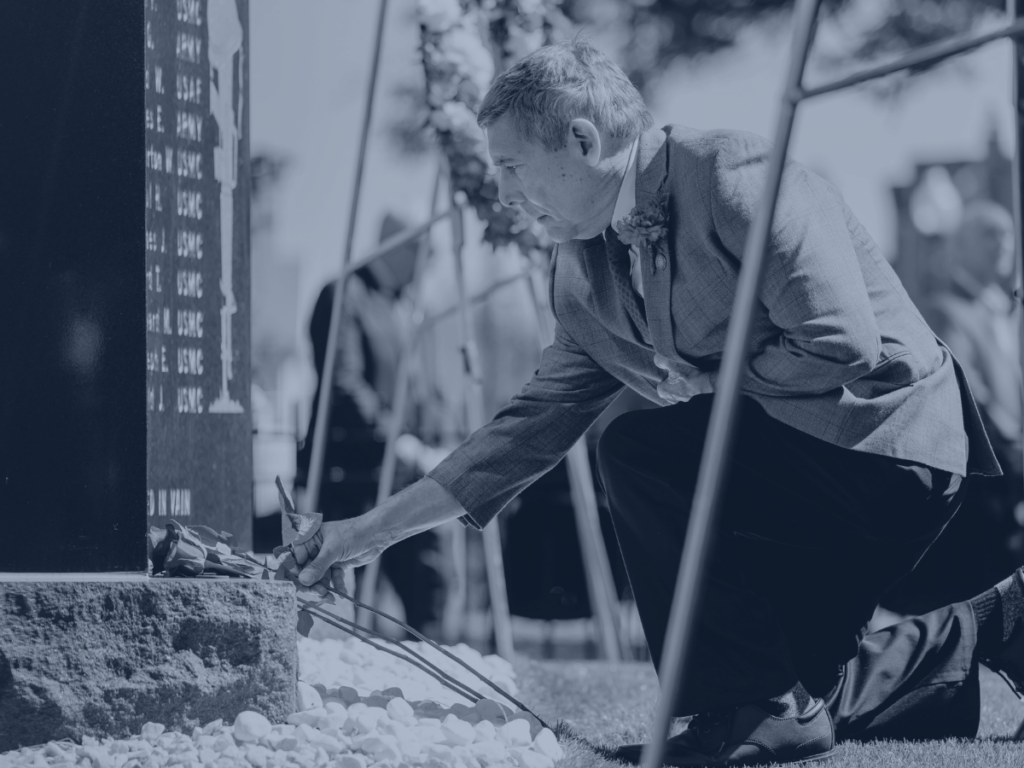
The keynote speaker at the dedication was James Webb, a fellow Vietnam officer whom Tom Lyons had met during his service. The event was also attended by the Governor, Mayor, a senator, a Congressman, and several military officials.
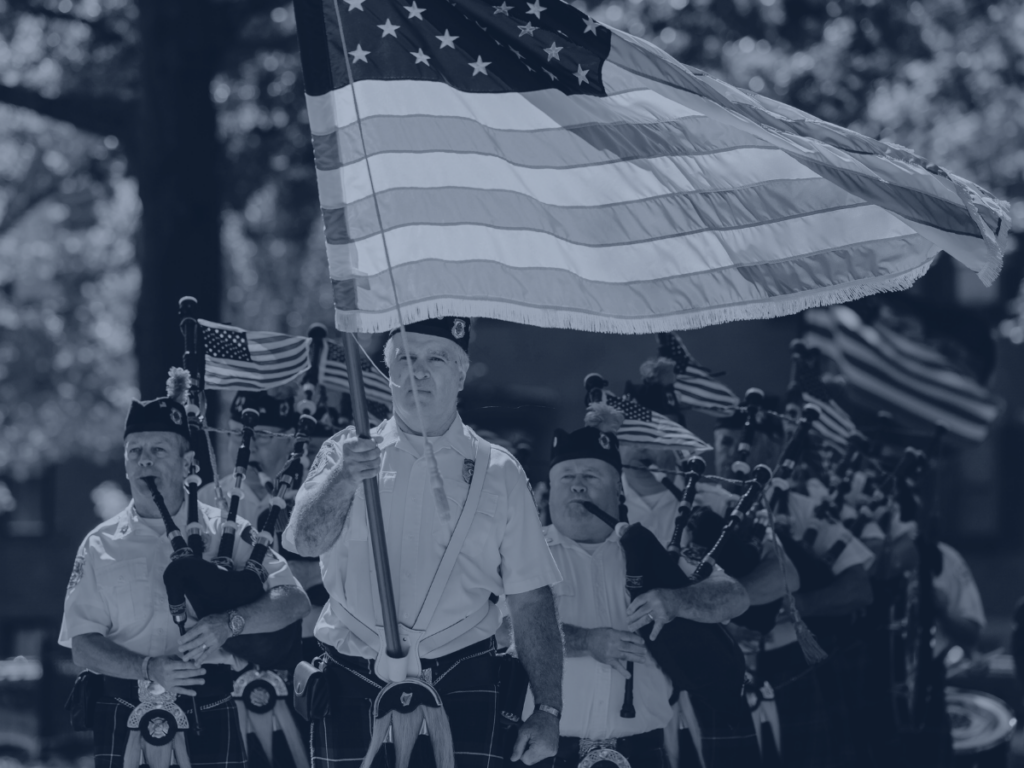
Each fall, the Memorial is rededicated in a solemn ceremony featuring the Marine Corps Marching Band and Silent Drill Team.
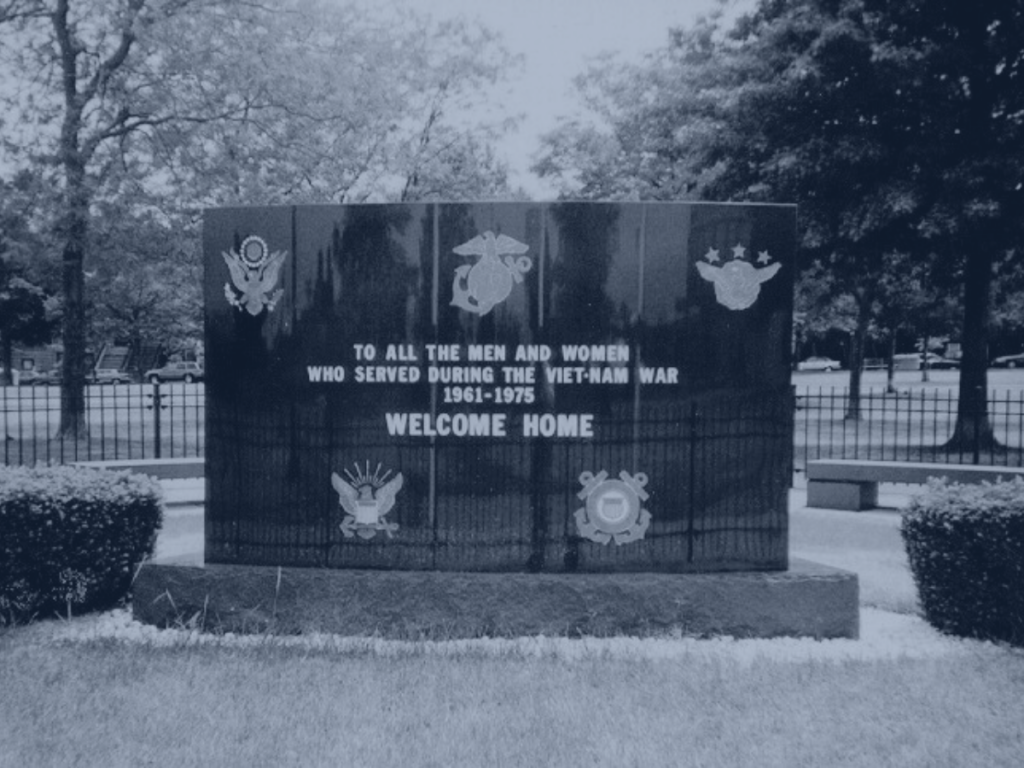
SOUTH BOSTON HONOR ROLL
- Agri, Joseph J. LCpl USMC
- Bazzinotti, Charles A. 1stLt USA
- Borovick, Richard J. SP4 USA
- Calhoun, John C. LCpl USMC
- Cole, John H. PFC USMC
- Daley, Paul M. SP6 USA
- Delverde, Ronald L. PFC USMC
- Desmond, Joseph F. PFC USMC
- Dunn, Joseph W. PFC USMC
- Enman, Devon M. Sgt USA
- Grover, Gene D. SSgt USMC
- Hubicsak, Frank C. PFC USA
- Itri, Douglas J. SP5 USA
- Jacobs, John P. Cpl USMC
- Joyce, John G. Cpl USA
- Milan, Edward W. Sgt USAF
- O’Toole, James PFC USA
- Peterson, Burton LCpl USMC
- Sheehan, Paul H. 1stSgt USMC
- Stewart, James J. PFC USMC
- Stone, Edward PFC USMC
- Sullivan, Edward M. PFC USMC
- Thomas, Joseph E. PFC USMC
- Turner, Donald J. LCpl USMC
- Wheeler, James K. SP6 USA

